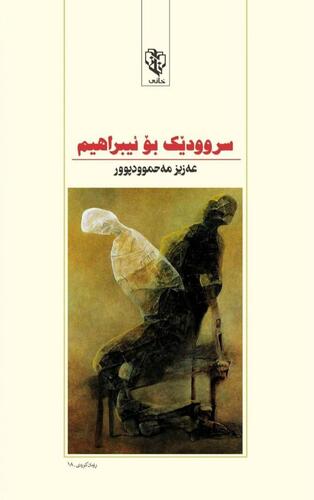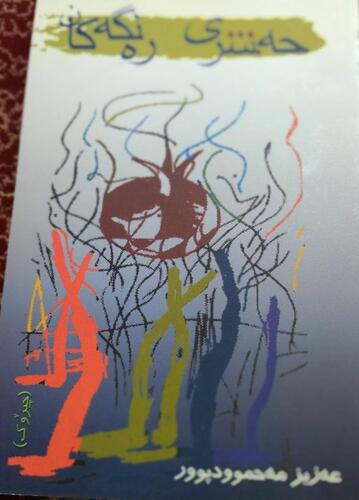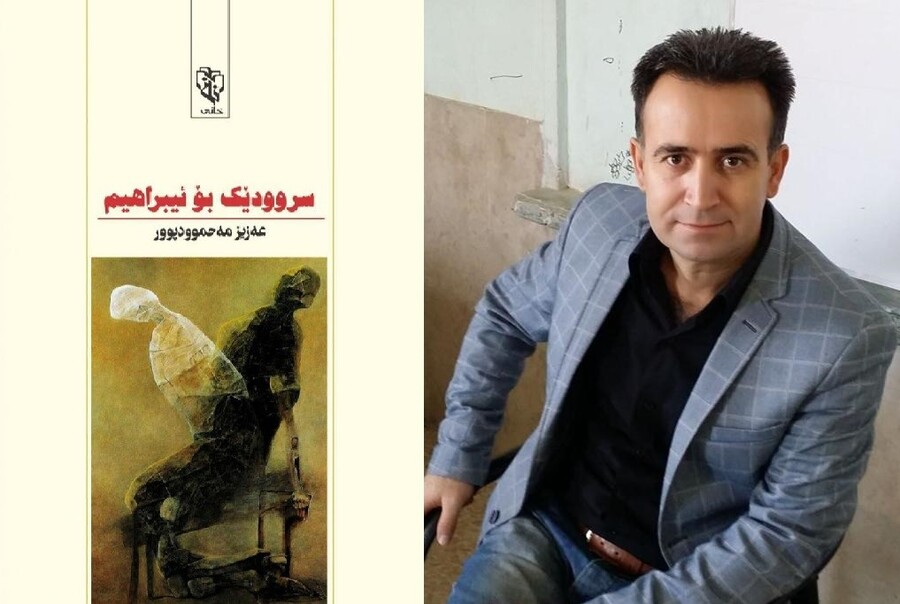Narrating the events of a society in an artistic way and within the framework of a novel is a difficult and exhausting task. Many writers have tried to filter the social and political events around them and artistically tell them. In these narratives, talented writers do not copy the events around them or recount the memories of well-known characters, because that is something any writer can do; instead, they create a similar atmosphere and space in which they create their personality with no external example. That is, whether the social environment is open or closed, whether the economic situation is prosperous or weak, and whether the pressure on the classes of society is high or low, they manifest themselves in the re-created environment of the creative writer. An atmosphere that is not quite obvious, but may have been in the real world.
In non-realistic writing, the story is different, and the people and even the atmosphere are different. For instance, a talented writer like Sherzad Hassan, both in his novel "The Fence and my Father’s Dogs" and his short story "Azrael", has not copied the obvious facts of society, but has created another example of social life and atmosphere has done. A male-dominated and patriarchal atmosphere in which women are nothing but sexual objects and boys and girls are puppets of that power. Such writing is both close and far from the spirit of society. It is close because the essence of the subject is present in society and far because it is an innovative work and has not been imitated by foreign models. Most of the works of the experienced author, Bakhtiar Ali, have this characteristic. Both in his early works such as "The Death of the Second Only Child" and "Evening of the Butterfly", in his later works such as "The Ark of Angels", and "Daniel's Clouds", and in his latest work, "Faily Bay", he tried to confuse fantasy and reality. The reader should enjoy both his texts' imaginative and creative aspects and recognize reality at its roots. If in his writings, place and sometimes even time are not very clear, the mapping of reality is so strong that you can recognize both the geography and the dates and events that go back to which stage of Kurdish life. Just like in Franz Kafka's "Metamorphosis", although time and place are not visible, time and place are not very lost, and geography and time are recognized based on the store atmosphere.
In East Kurdistan, the work of the talented author, Aziz Mahmoudpour, has this characteristic, especially in his novel "An Anthem for Ibrahim". It is both telling the story of an era of Kurdish people and human life that was extremely subjugated and suffering, and the characters are as vague as the social atmosphere itself. The novel is approximately a narrative of East Kurdistan's social and political situation in the 1360s when politically an oppressive system prevailed and social relations were politically oriented. We see both the fear of the characters and the way the security agencies confront them in the novel. On the other hand, the situation of prisoners and the atmosphere of imprisonment of Kurdish people at that time has devoted a part to the author's narrative.

Aziz Mahmoodpour's novel "An Anthem for Ibrahim" is a narrative that tells the fate of a group of characters in a text in a fluent language, whose lives are somehow intertwined. Each of these characters struggles with social, political, and psychological problems and their social and psychological issues do not leave them. Like the characters, the narrator sometimes combines the problems of two or more characters in one paragraph and tries to express the complexity of the puzzled life of the characters in an indirect and irregular structure.

While reading, the reader stands at the heart of the text and as a hunter of meaning, they must follow the stories of several characters such as Sayd Hassan, Ibrahim, Saadat, Rahmat, etc., and try to understand the complexity of his life. He should recount these characters, find the suffering that has become the force of movement of the text as the knot of the story, and try to compare his hypothetical framework of understanding with the movement of the text.
The space, time, and place of the story, like the characters, are vague, and except for a few places such as Tehran, Rezaya (Urmia), Sablagh (Mahabad), etc, skilled readers can identify signs, locations, and times of events.

The reader of the text must be a skilled hunter to find the direct line of the text, between the complicated lives of troubled and confused characters, and mainly to hunt the heart of meaning and the origin of events.
The author has tried to present several narratives, sometimes in order and sometimes different, from several groups of characters. On the one hand, a personal structure and a knot on the course of life and the narrative of this idea becomes a line of thought and investigation, and on the other hand, a social and political structure tells part of the lives of these characters.
The reader, as Jeannette says, will have a good achievement if they pass these three levels and will enjoy the text correctly. At the first level, the sequence of events and their sequence according to real-time is considered, separate from the story, which is to be embodied in a text by the arrangement of time.

At the second level, we have in mind the narrated text. That is, the sequence of events is as it appears in the text and the readers can explain and understand them for themselves. The sequence of events is not according to real-time and it is possible that time would be represented in a confusing form and the technique of narration would have disturbed the chain of events. At that level, the reader follows the footsteps of events and proves the chain of events.
At the third level, the story creation process is considered, that is, the author's act to tell the text.
Because the narrative in the novel deviates from a linear narrative, a different reading can reveal many hidden aspects of the novel. Due to the form of narration and the dominant atmosphere of the novel “An Anthem for Ibrahim” by the professional author, “Aziz Mahmoudpour”, reading and analyzing it can be done as mentioned above and perhaps the readers of this book could suggest many other ways to read it more sufficiently.









